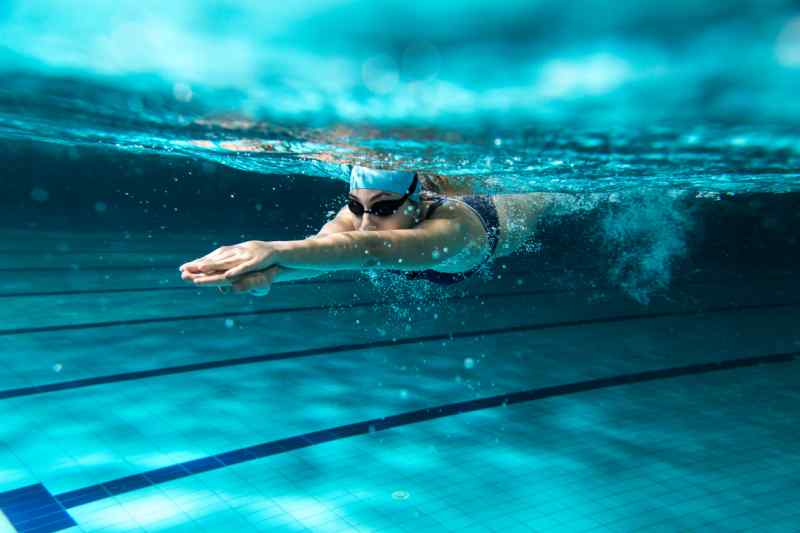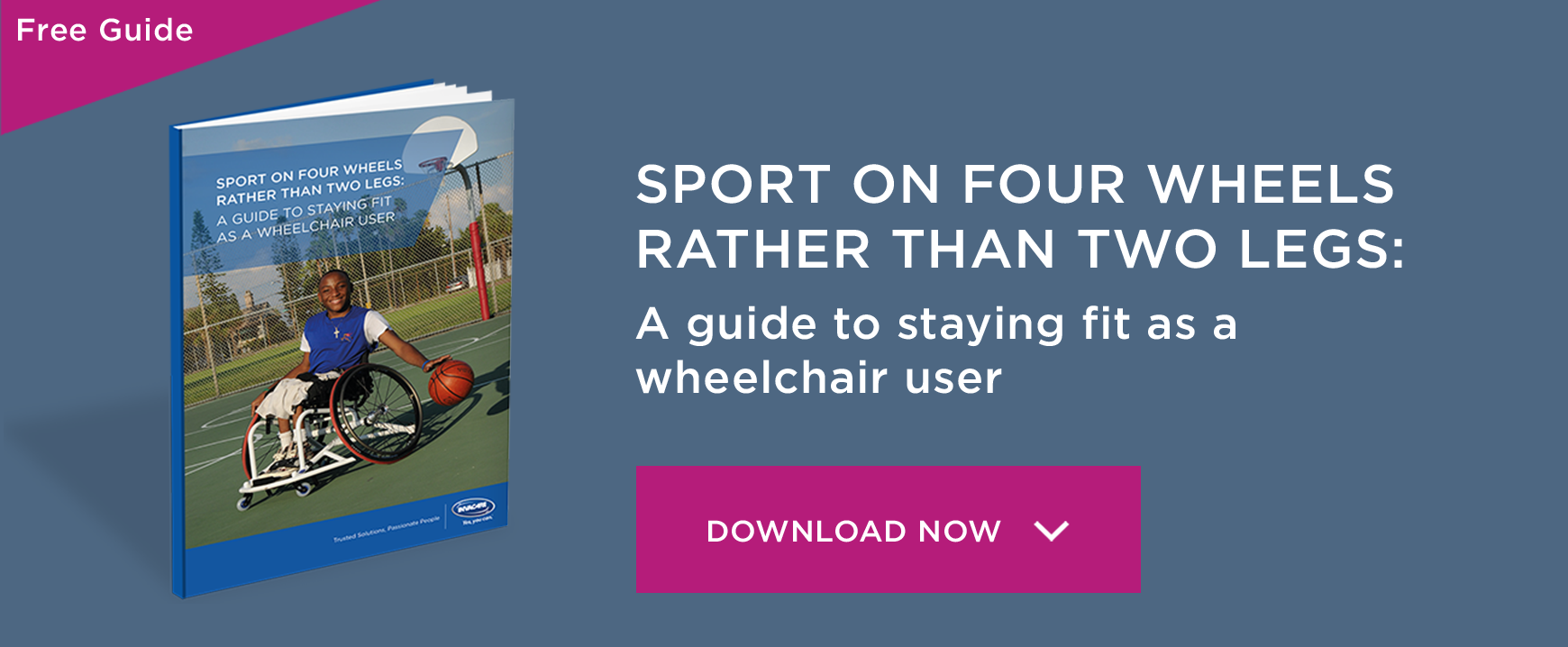The Joys and Benefits of Disability Swimming

When it comes to the subject of disability swimming, there are two main things that spring to my mind.
These are, the type of disability swimming that you may see on the TV every four years when it comes to the Paralympics, and secondly, the type of disability swimming that I was most familiar with as a child growing up – which was actually more like a form of physiotherapy, but this time in the water… thus being known as hydrotherapy!
For all these two types of disability swimming might be very different, they both offer a wonderful sense of freedom which many disabled individuals would otherwise not get to experience. Once you’re in the water, you’re subject to a type of weightlessness which immediately alleviates pressure on your joints and muscles, and allows you to float and stretch in ways that you might not be able to achieve when out on dry land. It is therefore highly beneficial for severely disabled children and adults, to be able to get out of their wheelchairs and feel the effortlessness that is floating in water.
Alas though, I was never much of a floater myself. No matter how hard I tried I always seemed to end up with my head submerging under the water and I wasn’t much of a fan of that! Thankfully, I seemed to be the only person struggling with it and many of my friends whose disabilities ranged in severity, all enjoyed having the ability to be ‘free’ at long last. We used to swim at least twice a week and it proved to be an integral part in building up core strength for many of us and as our confidence grew, we also branched out and made things slightly more competitive, with games and challenges being interwoven with the important business of hydro-therapy. Which leads me nicely to the next section of disability swimming.
How can disability swimming be competitive?
Well, as I alluded to within my opening paragraph, there’s a lot more to disability swimming than just a bunch of disabled individuals looking to splash around and stretch their bodies in the process. There’s also a competitive side to it, with many people choosing to become professional athletes and representing their respective countries at the Paralympic Games.
You can read the profile of one of the Invacare Ambassadors, Anders Olsson, which is not only a Paralympic Swimmer but is has also represented his country in the Winter Paralympics as a skier.
The Paralympics, as I’m sure you’re aware, is a brilliant sporting event which takes place shortly after the Olympic Games. With that, many of the sports and disciplines that are performed in the Olympic Games are also showcased within the Paralympics, and so, disability swimming is a big part of that set up. There are many disciplines within the disability swimming set up, with varying ranges in race length to different styles of swimming too. It’s also worth noting that each person competing is placed in a race against athletes of a similar handicap, to prevent situations whereby a participant’s disability may impede on his ability to win the race.
As like with many of the disability swimmers Olympic counterparts, swimming has become a way of life for these individuals, and with that, the love for the sport grows, both for those competing and for those spectating right around the world.
Disability swimming is quite a big deal, both to aid those with a disability to give them relief in many senses, and also for those wishing to compete in the sport of swimming. It’s a total splash!








